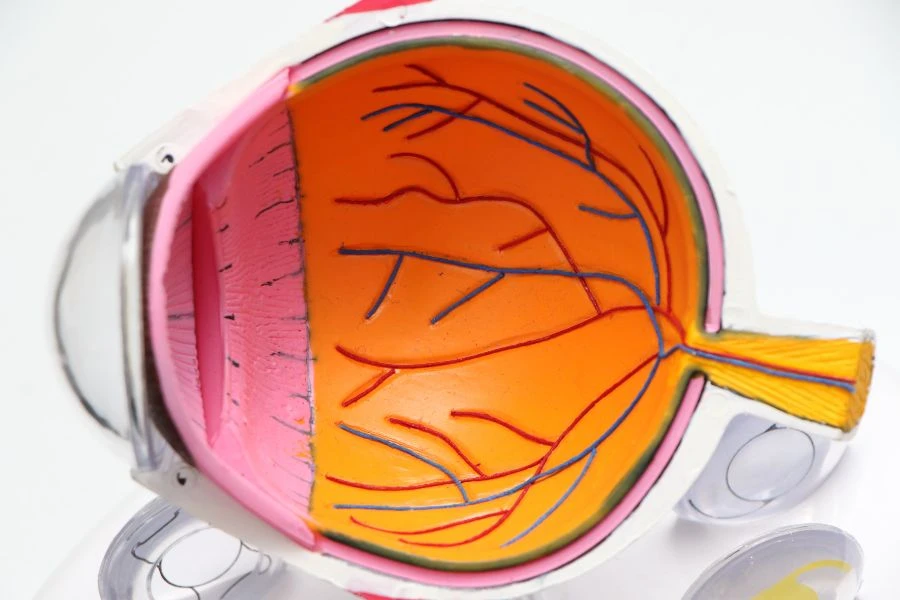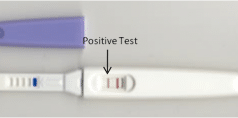
Individuals suffering from diabetic macular edema (DME) need to receive care from a doctor to protect their eyes from damage and to stop the progression of the disease. This requires a two-prong approach.
First, the doctor must address what is causing the edema. By keeping blood sugar and blood pressure levels close to normal, medical experts can prevent eye damage or stop it from getting worse. Once the underlying cause is better controlled, the focus turns to healing the retina.
The doctor will send the patient to see an ophthalmologist or retina specialist for this part of the treatment. How does the ophthalmologist or retina specialist treat diabetic macular edema?
What Is Diabetic Macular Edema?
The macula is the central part of the retina and measures 5 mm across. This light-sensitive layer at the back of the eye comes with a high concentration of photoreceptor cells. If fluid builds up in the macula, it swells and thickens. This leads to Blurry Vision and other problems. What symptoms should a person look for?
The Symptoms Of DME
Blurry or wavy vision is a sign of DME, particularly when it occurs near the center of the field of vision. Some people experience double vision with this condition. Colors often appear faded or less vibrant, and a person may find they have blind spots or floaters. Over time, a person could become partially or totally blind because of diabetic macular edema.
Treatment Options
Doctors cannot cure DME, but researchers continue to look for ways to reverse vision damage or stop it before it occurs. For instance, the National Eye Institute reports scientists are looking into whether molecules responsible for regulating certain genes may help shut down genes that contribute to the development of this disease. Research continues in this area.
At this time, doctors can help slow or stop the spread of diabetic macular edema. The goal of these treatments is to prevent the loss of vision and blindness. Certain people find their vision improves with treatment, but it won’t restore full sight.
Anti-VEGF Shots
Individuals suffering from DME have an excessive amount of a protein known as VEGF. This excessive amount leads to rapid blood vessel growth. The blood vessels weaken, and blood and fluid make their way into the macula and retina. To prevent this from happening, the doctor gives the patient a shot. Four medications are used to treat DME: Aflibercept, Bevacizumab, Faricimab-svoa, and Ranibizumab.
The doctor puts numbing drops in the eyes and uses a thin needle to insert the medicine into the center of the eye. They repeat this shot monthly for six months, and then the frequency of the shots is reduced.
When the leaking of the fluid and blood into the macula stops, the person’s vision improves. Most people see improvement with any of these medications if their vision is 20/40. For those with 20/50 vision, the doctor will choose aflibercept because it provides better results.
However, some people don’t see any improvement with the use of these shots. In addition, women who are pregnant cannot have anti-VEGF shots, as they could harm the baby.
Laser Surgery
The doctor may recommend focal-grid macular laser surgery. During this procedure, the doctor seals the blood vessels in the retina using tiny laser pulses. Doing so slows the leaking of the fluid and blood while reducing the swelling. In addition, it may prevent the growth of new abnormal blood vessels.
Doctors only treat one eye at a time when doing this laser surgery. They then wait a few weeks before treating the second eye, and patients should only need one procedure for each eye. They may combine this procedure with anti-VEGF shots.
This procedure takes place in the doctor’s office, and they use special tools to keep the eye open during the surgery. In addition, they immobilize the patient’s head to ensure it doesn’t move while the beam of light is sealing the blood vessels.
Corticosteroids or Steroids
Corticosteroids, more commonly referred to as steroids, target inflammation in the eye. Doctors prescribe them to reduce swelling in the retina. The doctor may either use a needle to insert the corticosteroid into the eye or place a tiny implant in the eye.
This implant releases the medication slowly, so multiple shots aren’t needed, and it dissolves with time. There is no follow-up appointment required to remove the implant. Doctors use one of three sustained-release implants today: dexamethasone, fluocinolone, or fluocinolone acetonide.
However, patients may find they do not tolerate corticosteroids well or they don’t work. In addition, doctors must monitor patients using these medications, as their use can lead to glaucoma or cataracts. Doctors rarely use these as the first line of treatment because of these drawbacks.
Non-Steroidal Anti-Inflammatory Drugs
Non-steroidal anti-inflammatory drugs or NSAIDs fight inflammation in the eye and are commonly prescribed when a person has eye surgery. The doctor may prescribe the drops prior to the surgery or following it. Either way, the drops work to prevent DME and ease swelling. The drops don’t have the side effects seen with steroids.
Vitrectomy
Advanced cases of DME may lead to the need for a vitrectomy. During this procedure, the doctor removes vitreous, a gel-like substance, from the eye. This substance sits between the lens of the eye and the retina and may pull on the macula. After removing the vitreous, the doctor replaces it with a saline solution or another substance.
However, medical professionals only perform this procedure when blood leaks into the vitreous, which leads to clouding of the vision. The drawback of having this surgery is it puts a person more at risk of developing cataracts. In addition, they may develop diabetic macular edema again following the procedure.
Discuss all treatment options with the doctor to learn which is best for your needs. Every person should see the eye doctor yearly for checkups. Individuals with diabetes and health issues may find they need to see their optometrist or ophthalmologist more often, as early detection of DME or any eye disease reduces the risk of vision loss and other complications. Make an appointment to have your eyes checked. Your vision is too important to leave to chance.








